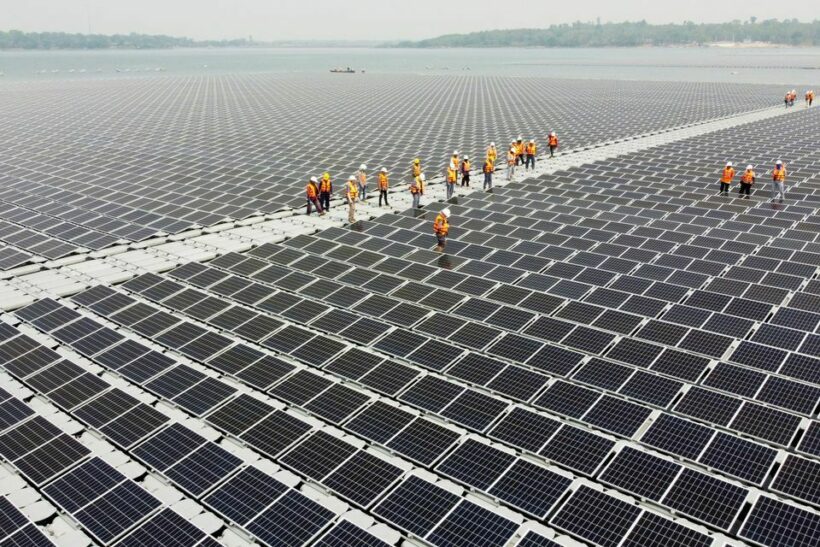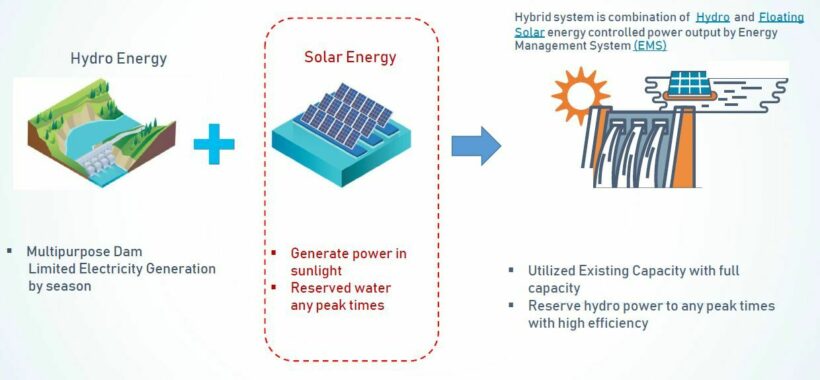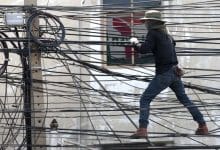Thailand now generating electricity at world’s biggest hydro-solar farm

As part of Thailand’s push to become a carbon-neutral country by 2050, the world’s largest hydro-solar hybrid energy farm has officially gone online and is now generating electricity. The solar farm floats atop the Sirindhorn Dam in Ubon Ratchathani and is as big as 70 football fields.
The massive installation floats on Sirindhorn Reservoir along Lam Dom Noi River, about 660 km east of Bangkok. The farm generates electricity both by harnessing the power of the sun in its solar panels, and generating electricity from the water that it’s floating on with 3 turbines converting the water’s flow into energy.
The energy-generating complex is the largest hybrid system of its kind in the world. 7 solar farms have been built over 300 acres using 144,417 solar panels. The platforms were originally predicted to produce 45 megawatts of electricity. This launch is part of 16 projects in the works on Thai reservoirs around the country that are forecast to create a combined total of 2.7 gigawatts of electricity.
The project cost 1.11 billion baht to complete and officially joined the electrical grid on October 31. The government department the Electricity Generating Authority of Thailand confirms that the world’s largest hydro-solar hybrid farm will begin to move energy production away from the current largest source in Thailand, natural gas, with the hopes of massively reducing Thailand’s reliance on non-renewable energy.
Thailand actually set the deadline to become a carbon-neutral country and reduce greenhouse gas emissions to net zero by 2065, but PM Prayut Chan-o-cha made a pledge at the United Nations Climate Change Conference this month to reach the goal by 2050. Last year, hydropower, solar, and wind combined made up less than 10% of the power generation in Thailand, while almost two-thirds of the country’s power was generated by natural gas.

SOURCE: Bangkok Post
Latest Thailand News
Follow The Thaiger on Google News:



























